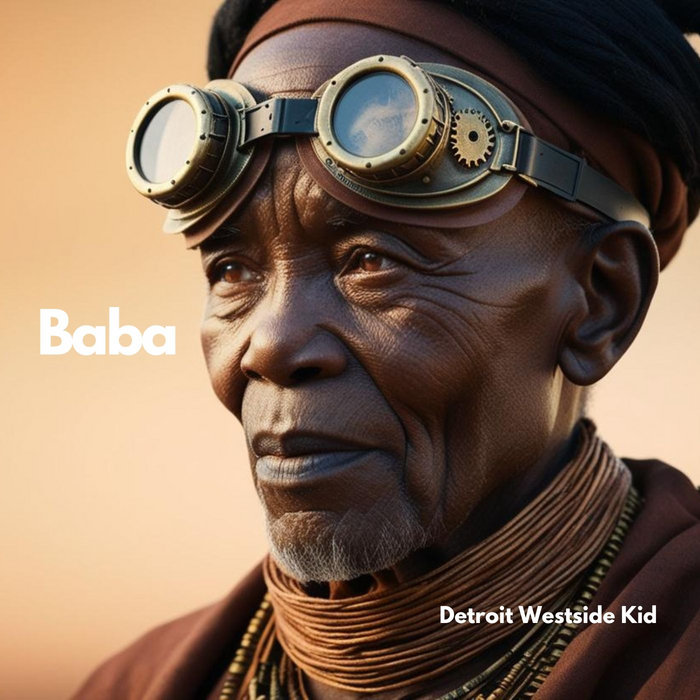
Baba – Reggie Dokes
this blog is GROOVY – check out great Soul, Funk, Jazz, Hip Hop, Bass, Breaks , Reggae, House n many more TUNES
Hip hop, baby! From the streets of the Bronx to global domination, this genre has been breakin’ it down for decades. But let’s zoom in on one specific element that makes hip hop what it is – the beat. Grab your boom boxes and let’s groove through the history of hip hop beats!
The story begins in the late 1970s when DJs like Kool Herc were turning parties upside down with their turntables. Herc was all about those breakbeats – that part of a song where things get funky and the rhythm just takes control. He’d spin records, remixing tracks by artists like James Brown and Sly Stone, creating an appealing soundscape for dancers (the OG b-boys and b-girls).
Herc hooked up two turntables to create seamless mixes while simultaneously introducing crowd call-and-response styles—making sure everyone was involved in this wild musical journey. And thus began a revolution!
Fast forward into the early ’80s; sampling became all the rage! Musicians started looping sections from existing recordings to create new compositions. Artists like Grandmaster Flash turned tables into tools for storytelling with epic hits like “The Message.” It was a fresh way to recycle sounds—kinda like reusing old pizza boxes but way cooler.
In 1982, Planet Rock by Afrika Bambaataa dropped—combining funk and electronic music—and suddenly there were even more ways to craft these infectious rhythms that got everyone dancing.
Did you know that some early hip-hop producers would actually splice tape together? Talk about cutting-edge technology… or maybe just cutting tape with scissors! Imagine needing a band-aid on your finger while trying to loop “Apache” from The Incredible Bongo Band!
Here comes the golden age – late ’80s through mid-’90s – where beats evolved faster than fashion trends! We had legends popping off left and right; think Dr. Dre bringing G-funk vibes straight outta Compton with heavy basslines and smooth synthesizers.
Meanwhile, groups like A Tribe Called Quest experimented with jazz samples resulting in eclectic masterpieces such as “Can I Kick It?” These guys made digging through record bins look cool—and let’s be real—it still does today!
Then came along drum machines, which added flavor without breaking a sweat (well… not much). Roland TR-808 became every producer’s best friend; its deep kicks were thumping from cars louder than ever before.
Fun fact: Marvin Gaye’s classic track “Sexual Healing” used an 808 too—but imagine if he knew how many pregnancy announcements would follow those grooves?
As we rolled into Y2K territory, beats started splintering off into sub-genres. From trap beats tearing up dance floors courtesy of Lil Jon & DJ Snake (“Turn Down for What”) to Kanye West transforming production norms (“Through The Wire”), each artist carved their own niche within hip hop culture.
Auto-tune gave birth to melodic rap post-2005—with T-Pain leading this vocal revolution so hard even robots took notice!
And who could forget producers at work?! Guys like Timbaland blended genres across pop landscape while juggling incredible collaborations magically making everybody groove hard together—from Missy Elliott’s crazy-hyped tunes (‘Work It’) to Justin Timberlake’s silky-smooth jams (‘Cry Me A River’).
A little laugh here: Did you ever hear about how Pharrell Williams wore a giant hat during his performance at the Grammy Awards? People joked he was hiding snacks under there—a true multi-tasker brokering style AND convenience!
Today’s beat scene is richer than grandpa’s secret sauce recipe! With platforms like SoundCloud allowing newbies worldwide access instantaneously… everyone wants in on shaping future sounds—which means eclecticism now runs rampant across every corner imaginable.
Artists are mixing everything under sun—from jazz fusion (like Kamasi Washington) blending seamlessly alongside Kendrick Lamar—to house-infused grooves hitting charts globally night after night! There’s no denying it; hip hop is everywhere, dancing seamlessly around cultural barriers uniting people worldwide.
So here we are folks—in summary—I hope you’ve felt inspired diving deep into our groovy past exploring what made those sick beats explode all around us over time rather effortlessly weaving unique patterns straight back onto dance floors everywhere.
It’s always nice remembering how far we’ve come since Herc spun his first vinyl as innovation fuels creativity day-in-day-out relentlessly pushing boundaries further every chance we get.
Keep jamming’, keep moving — because trust me—you never know where that next killer beat might take you next!
Now go forth my friends…and drop some sick rhymes knowing history backs our vibe directly behind those banging playlists spreading love endlessly throughout generations ahead.
Peace ✌️🎶

Baba – Reggie Dokes